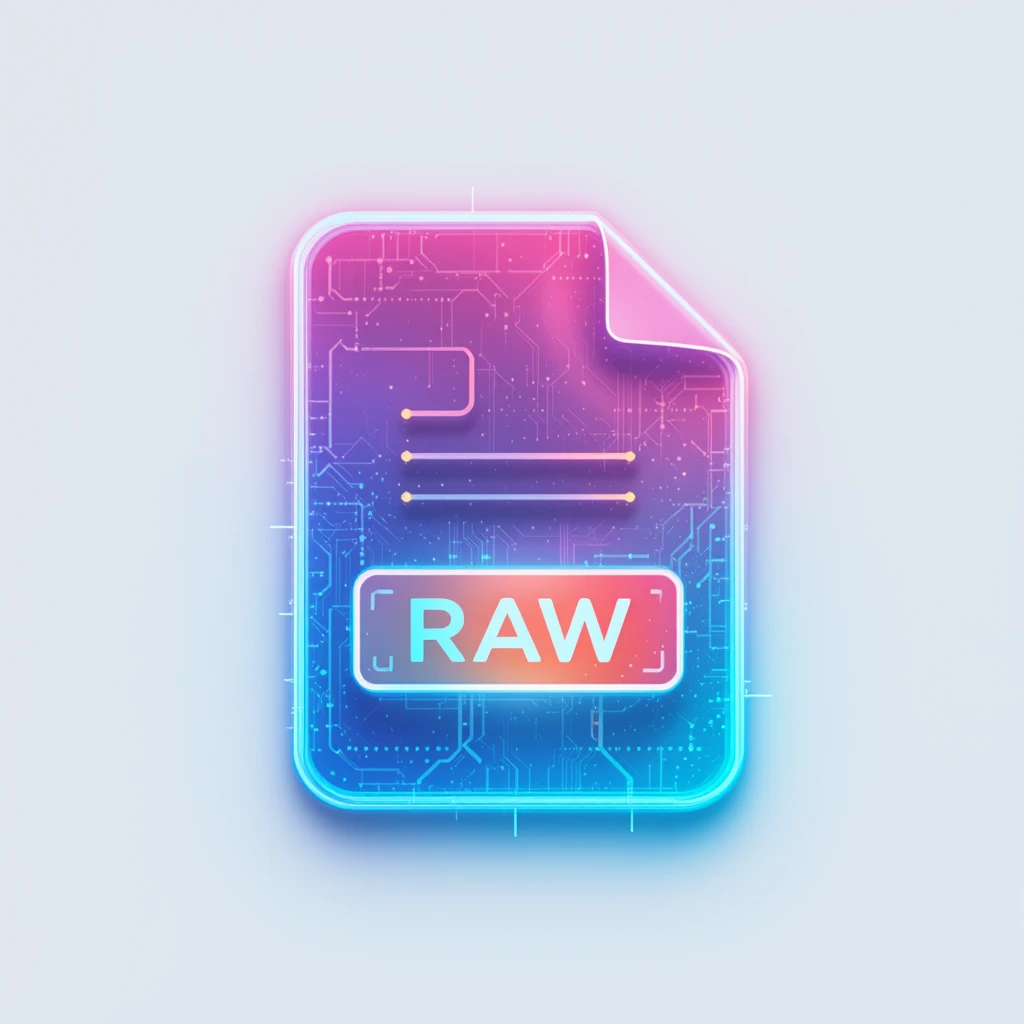Image to RAW Converter Tool
Image to RAW Converter Tool
Convert standard images to professional RAW formats directly in your browser
Supports: JPG, PNG, WEBP to CR2, NEF, ARW, RAF, ORF, RW2, PEF, SRW, DCR
Advanced RAW Processing
Convert to multiple RAW formats with professional metadata
Complete Privacy
Files never leave your computer - 100% local processing
Dynamic Range Preservation
Maintains maximum image data for professional editing
The Complete Guide to Using an Image to RAW Converter Tool for Professional Photography
Why Photographers Need an Image to RAW Converter Tool
The Image to RAW Converter Tool has become essential for photographers and digital artists who require maximum editing flexibility. Unlike compressed formats like JPEG, RAW files contain unprocessed sensor data from cameras, offering superior quality for post-processing. Converting standard images to RAW format provides photographers with greater control over exposure, white balance, and dynamic range.
This guide explores how an Image to RAW Converter Tool works, its benefits, and practical applications for professional workflows.
Understanding RAW Image Files
RAW files are digital negatives that preserve all image data captured by a camera sensor. Key characteristics include:
- Uncompressed data – No loss of quality from in-camera processing
- Higher bit depth – Typically 12-bit or 14-bit vs JPEG’s 8-bit
- Flexible editing – Adjust white balance and exposure without quality loss
- Camera-specific formats – CR2 (Canon), NEF (Nikon), ARW (Sony)
While professional cameras shoot RAW natively, an Image to RAW Converter Tool allows converting existing JPEGs/PNGs into editable RAW-like formats.
How an Image to RAW Converter Tool Enhances Workflows
- Recovering Lost Dynamic Range
RAW conversion can help salvage details from overexposed highlights or underexposed shadows in existing JPEGs. - Non-Destructive Editing
Unlike JPEGs that degrade with each edit, RAW files allow unlimited adjustments without quality loss. - Professional Color Grading
The wider color gamut in RAW enables more precise color correction and creative grading. - Batch Processing
Many Image to RAW Converter Tools support converting multiple files simultaneously for efficiency.
For photographers needing to convert existing libraries, tools like Ahmad Free Tools provide accessible solutions.
Step-by-Step Guide to Converting Images to RAW
Method 1: Using Dedicated Conversion Software
- Select your source image (JPEG, PNG, etc.)
- Choose target RAW format (CR2, NEF, ARW based on your camera system)
- Adjust conversion settings (bit depth, color profile, metadata)
- Process and save the new RAW file
Method 2: Online Image to RAW Converter Tools
Web-based converters offer convenience:
- No software installation required
- Cloud processing for large files
- Cross-platform accessibility
For quick conversions, try the Image to TGA Converter which shares similar technical principles.
Method 3: Manual Conversion via Photoshop
- Open image in Photoshop
- Select “Save As” and choose DNG (Adobe’s RAW format)
- Adjust DNG conversion preferences
- Export with embedded metadata

Key Features of Professional Image to RAW Converter Tools
When evaluating conversion tools, prioritize:
- Multi-format support (CR2, NEF, ARW, DNG)
- Metadata preservation (EXIF, camera profiles)
- Batch processing capabilities
- Color depth options (12-bit/14-bit)
- Local processing for privacy-sensitive work
Advanced tools may also offer:
- Simulated camera profiles
- Noise reduction algorithms
- Lens correction data
Practical Applications for RAW Conversion
1. Archiving Legacy Photos
Convert old JPEG collections to RAW for future-proof editing flexibility.
2. Preparing Images for Print
RAW files provide the highest quality source for large-format printing.
3. Computational Photography
RAW conversion enables advanced stacking and HDR techniques.
4. Forensic Image Analysis
Law enforcement and researchers use RAW conversion to extract maximum detail from evidentiary photos.
Limitations and Considerations
While powerful, RAW conversion has constraints:
- Cannot create true RAW data – Converts to RAW-like format
- Large file sizes – Typically 2-4x larger than JPEGs
- Requires RAW-compatible software – Not all viewers support RAW files
For optimal results:
- Start with highest quality source images
- Use professional conversion tools
- Maintain organized file management
Conclusion
The Image to RAW Converter Tool bridges the gap between compressed images and professional editing workflows. By converting existing photos to RAW formats, photographers gain unprecedented control over their post-processing while preserving image quality.
Whether you’re archiving old photos or preparing images for commercial work, RAW conversion expands creative possibilities. For more imaging tools and tutorials, visit Find Tech Today – your resource for professional photography technology.






